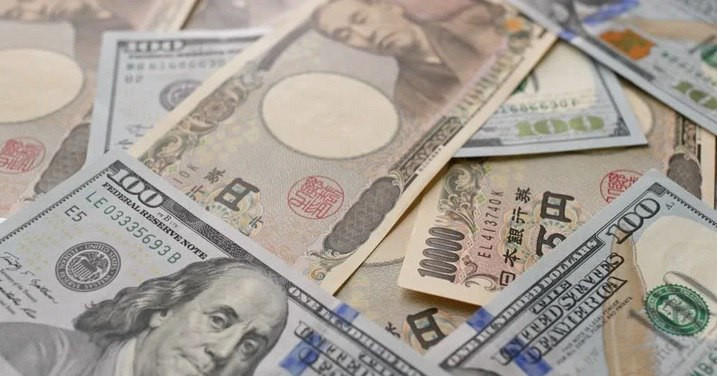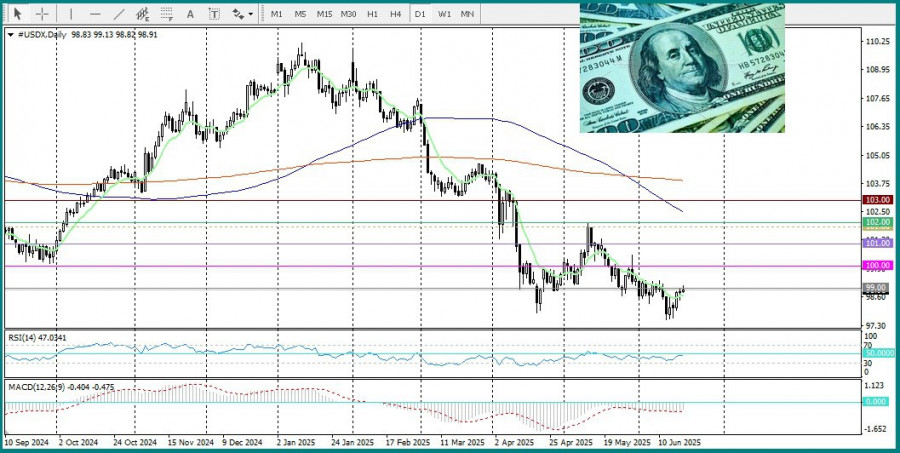See also


 19.06.2025 08:12 PM
19.06.2025 08:12 PMThe Japanese yen is showing weakness against the stronger U.S. dollar, with the USD/JPY pair reaching a new monthly high. This rise in the dollar against the yen is mainly due to the Bank of Japan's cautious stance, as it continues to wind down its decade-long monetary stimulus program. This has led investors to expect that the next interest rate hike in Japan may be postponed until the first quarter of 2026, supporting the dollar's strength.
An additional factor putting pressure on the Japanese currency is concern over the economic consequences of existing trade barriers: the U.S. has imposed a 25% tariff on Japanese cars, and Japan has responded with retaliatory tariffs of 24%. These trade disputes are undermining investor confidence in the Japanese economy and negatively affecting the yen's exchange rate.
As a result of the Federal Reserve's hawkish pause on Wednesday, the U.S. dollar rose to its highest level in a week.
However, investor sentiment continues to be influenced by uncertainty surrounding U.S. President Donald Trump's trade policies and escalating geopolitical tensions in the Middle East. These factors create risks for the global economy and increase demand for safe-haven assets such as the Japanese yen, which limits further losses for the yen and restrains USD/JPY from rising too aggressively.
Given the current situation, it would be wise to wait for a sustained breakout above the short-term trading range or the key technical level of 145.50 before taking new action to push USD/JPY higher. Such an approach can help avoid premature decisions and reduce the risks associated with potential corrections or shifts in market sentiment in the near term, especially as oscillators on the daily chart are only just beginning to show positive momentum.
You have already liked this post today
*The market analysis posted here is meant to increase your awareness, but not to give instructions to make a trade.


